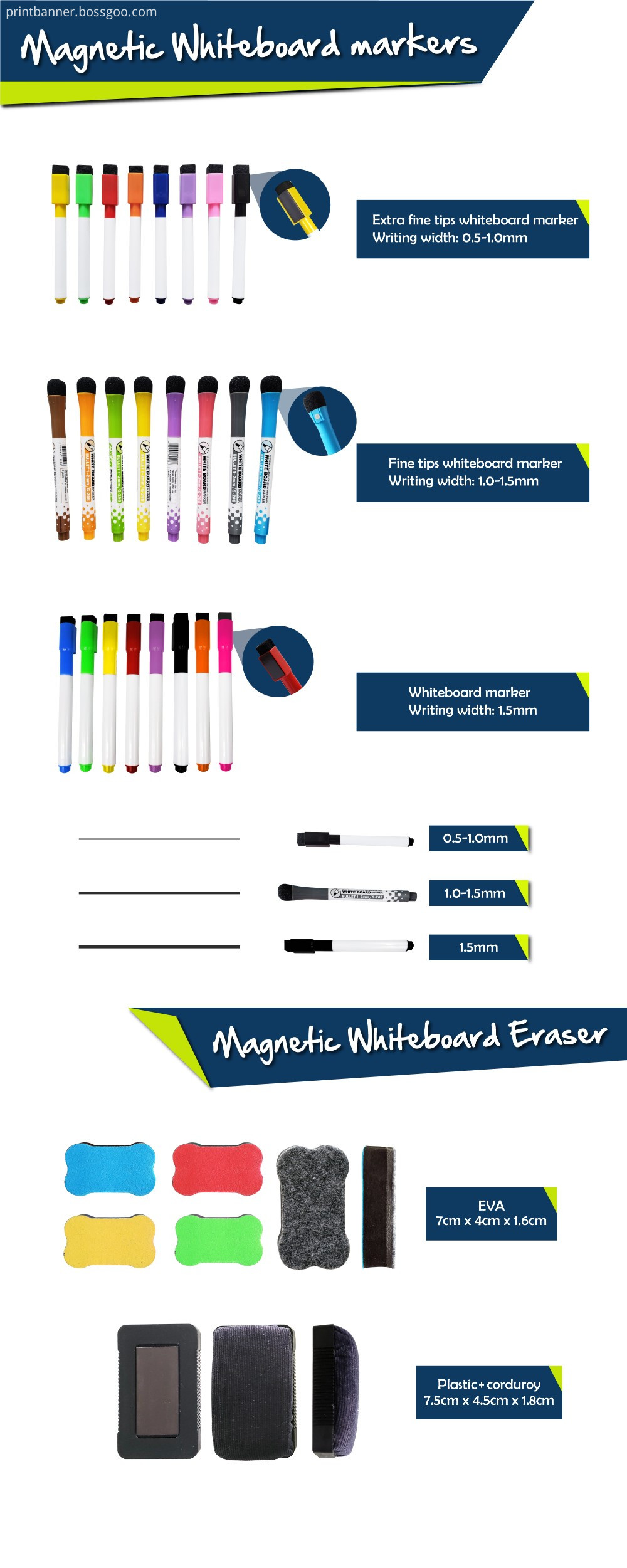The chemical composition of a diamond is carbon, which is the only single element in a gemstone and belongs to an equiaxed system. Often containing 0.05% to 0.2% of impurity elements, the most important of which are N and B, their presence is related to the type and nature of the diamond. The crystal forms are mostly octahedron, rhombohedral dodecahedron, tetrahedron and their polymorphism. Pure diamonds are colorless and transparent, with different colors due to the incorporation of trace elements. Strong diamond gloss. The refractive index is 2.417 and the dispersion is medium, which is 0.044. Homogeneous body. The thermal conductivity is 0.35 cal/cm/sec/degree. Tested with a thermal conductivity meter, the reaction is the most sensitive. The hardness is 10, which is the hardest mineral known at present. The absolute hardness is 1000 times that of quartz and 150 times that of corundum. It is afraid of heavy blows and will be chopped and broken after heavy blow. A set of cleaves is complete. The density is 3.52 g/cm 3 .
Diamonds are luminescent, and after daylight, they emit a light cyan phosphorescence at night. X-ray irradiation emits sky blue fluorescence. Diamonds are chemically stable and do not readily dissolve in acids and bases at ambient temperatures, and acids and bases do not.
The difference between diamonds and similar gems and synthetic diamonds. Common substitutes or enamels on the gem market include colorless gemstones, colorless spinels, cubic zirconia, barium titanate, yttrium aluminum garnet, yttrium gallium garnet, and synthetic rutile. Synthetic diamonds were first developed in Japan in 1955 but not in volume production. Because synthetic diamonds cost more than natural diamonds, synthetic diamonds on the market are rare. Diamonds can be distinguished from their similar gems by their unique hardness, density, dispersion, and refractive index. Such as: imitation diamond cubic zirconia is more colorless, strong dispersion (0.060), strong gloss, high density, 5.8 g / cm3, hand weight is obvious. The garnet is soft and it is difficult for the naked eye to distinguish it from the diamond.
It has become a popular gem that all people can own and wear. The culture of diamonds has a long history, and today people see it more as a symbol of love and loyalty.
The Magnetic Monthly Pad is the perfect calendar for those who like to plan ahead! The large,9 x .75 magnet allows you to hang the calendar on any magnetic surface, keeping yourschedule visible and your plans up to date.
Any Size is Okay



Q1:Which is the current market standard of of lenticular sheet?
A:The current market standard is 75lpi that can be used for most general applications. It could be used to make
all kinds of lenticular effects. For specific applications, there also exists lens with other lpi, gauge and material.
Q2:What is the maximum size of your lenticular sheet?
A:We are currently offering two main sizes of lenticular sheet. From 70lpi to 161lpi, the maximum size of our
lenticular sheet is 510mm X 710mm with the printing area of 480mm X 680mm.We could supply special size
according to our clients` requirements if the order is big.
Q3:What is your minimum order and how much dose it cost?
A:The quantities of minimum order depend on the printing size of your products.Just tell us the size, we will
recommend you suitable lenticular sheets according to your applications as well as the minimum order and the price.
Q4:Will you accept order with quantity less than your suggested minimum?
A:Well ,it depends, if your project is not big in scale, please contact our marketing staff for discussion, we will try our
best to make it happen.
Magnetic Calendar,Magnetic Kid Calendar,Magnetic Fridge Calendar,Magnetic Chalkboard Calendar
Anhui LiSheng prinbanner co.,Ltd , https://www.anhuiprintbanner.com